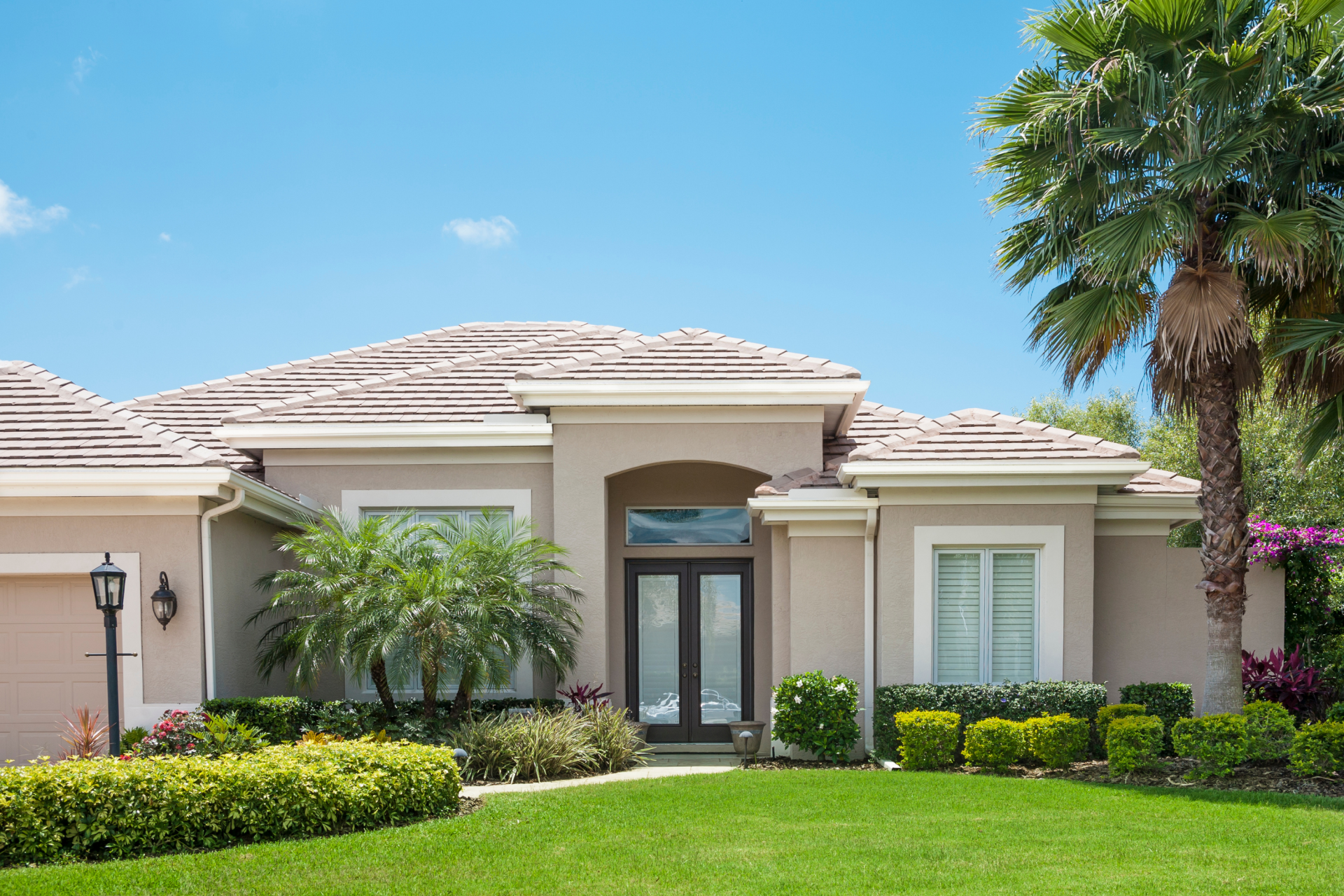As Social Security turns 90, what will its future hold?
Here’s a clearer breakdown of what lies ahead for Social Security as it turns 90:
1. Trust Fund Depletion: A Real and Growing Threat
- 2025 Trustees Report projects that the OASI (Old-Age & Survivors Insurance) Trust Fund will be depleted by 2033. At that time, beneficiaries would receive only about 77% of scheduled benefits.Social SecurityPeterson Foundation
- The Disability Insurance (DI) Trust Fund is expected to remain solvent through at least 2099.Social SecurityPeterson Foundation
- If OASI and DI were merged hypothetically, the combined OASDI reserves would be exhausted around 2034, with roughly 81% of benefits payable at that time.Social SecurityAARP
- Other sources echo this timeline: some forecasts suggest insolvency might arrive as early as 2033 or 2034, with 20–26% cuts unless reforms are enacted.The Week+1TIME+1The SunKiplingerinvestopedia.com
2. Contributing Factors to the Crisis
- Demographics: The worker-to-beneficiary ratio has plummeted—from 16.5 per retiree in 1950 to around 2.7 today—coping with an aging population and declining birth rates.The Suninvestopedia.comPeterson FoundationWikipedia
- Policy Changes: Recent laws like the Social Security Fairness Act (2025) that restored withheld benefits for certain groups raised payouts without funding offsets, accelerating depletion.AARPinvestopedia.com
- Reduced Agency Resources: The SSA saw significant staffing reductions—estimates suggest about 20% of field staff were let go—compromising service delivery.investopedia.comHousingWire
3. What Happens After Depletion?
- Benefits won't vanish—but if no corrective action is taken, they would be automatically reduced to the level sustainable by ongoing payroll tax revenue—approximately 77–81% of the current scheduled amounts.investopedia.comTIMEAARPPeterson Foundation
- That represents a 19–23% cut in benefits. For instance, a retiree currently receiving $2,000/month would see payments drop to around $1,545–$1,600/month.investopedia.comTIMEThe Week
4. Solutions & Proposals to Preserve the Program
Here are some of the leading ideas under consideration:
a. Raising Revenue
- Payroll Tax Increase
Tax hikes—from 12.4% toward 16%—could close funding gaps, though they carry economic trade-offs.The SunThe WeekWikipediaBipartisan Policy Center - Tax Higher Incomes or Remove the Earnings Cap
Increasing or eliminating the taxable earnings ceiling, or taxing benefits/investment income, could improve funding.AARPWikipediaBipartisan Policy CenterKiplinger
b. Reducing or Restructuring Benefits
- Reduce Benefits for New Recipients
A modest 5% cut starting in 2025 could extend solvency only a few more years.AARP - Means-Testing or Adjust COLA
Lowering cost-of-living adjustments (COLA) or reducing benefits for wealthier retirees could help but are unpopular.AARP - Raise Retirement Age Gradually
Incremental increases to the full retirement age could yield sizable savings.AARP
c. Structural Reforms & Investment Strategies
- Bipartisan Investment Fund (Cassidy–Kaine Plan)
This proposal would inject $1.5 trillion into a separate fund that invests in stocks and bonds, aiming to generate growth over 75 years and preserve all benefits without resorting to general government borrowing.The Washington Postinvestopedia.com - Brookings Blueprint
Advocates a system that maintains core principles, ensures universal participation, and restores long-term solvency without expanding general fund use.Brookings
5. The Road Ahead: What’s Likely to Happen?
Inaction isn’t an option—delaying reform would escalate the scale of necessary changes.Peterson FoundationThe WeekKiplinger Politically, topics like benefit cuts, tax hikes, and raising the retirement age remain extremely sensitive. Successful reform will likely involve a mix of revenue increases, eligibility tweaks, and investment innovations, crafted in a way that spreads burden fairly and maintains public support.
Some bipartisan pathways—like the Cassidy–Kaine plan—offer creative long-term strategies, but most require immediate bridging solutions (e.g., modest tax increases or cost adjustments) to prevent cuts in the next decade.
Didier Malagies nmls212566
DDA Mortgage nmls324329
Have A Question?
Use the form below and we will give your our expert answers!
Reverse Mortgage Ask A Question
Start Your Loan
with DDA todayYour local Mortgage Broker
Mortgage Broker Largo See our Reviews
Looking for more details? Listen to our extended podcast!
Check out our other helpful videos to learn more about credit and residential mortgages.





